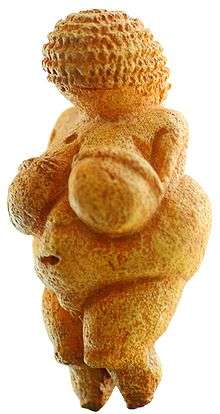Aggsbach
| Aggsbach | ||
|---|---|---|
| ||
 Aggsbach Location within Austria | ||
| Coordinates: 48°17′N 15°24′E / 48.283°N 15.400°ECoordinates: 48°17′N 15°24′E / 48.283°N 15.400°E | ||
| Country | Austria | |
| State | Lower Austria | |
| District | Krems-Land | |
| Government | ||
| • Mayor | Hermann Gerstbauer | |
| Area | ||
| • Total | 13.72 km2 (5.30 sq mi) | |
| Elevation | 214 m (702 ft) | |
| Population (1 January 2016)[1] | ||
| • Total | 660 | |
| • Density | 48/km2 (120/sq mi) | |
| Time zone | CET (UTC+1) | |
| • Summer (DST) | CEST (UTC+2) | |
| Postal codes | 3641, 3643 | |
| Area code | 02712 | |
Aggsbach is a small wine-growing town in the Krems-Land district of Lower Austria, Austria. As of 2001, it has a population of 714 and an area of 13.72 km.² Aggsbach was first mentioned in an 1148 document calling it "Accusabah".
Population
| Historical population | ||
|---|---|---|
| Year | Pop. | ±% |
| 1971 | 710 | — |
| 1981 | 711 | +0.1% |
| 1991 | 735 | +3.4% |
| 2001 | 719 | −2.2% |

Today Aggsbach is most famous for being the place where the Venus of Willendorf was found, in the Willendorf hamlet.
Venus von Willendorf
Today Aggsbach is most famous for being the place where the Venus of Willendorf was found, in the Willendorf hamlet. The actual female fertility figure is located in the Naturhistorisches Museum in Vienna, while a life size reproduction is located in a field in Willendorf. The other hamlets are Aggsbach Markt (the main town), Groisbach, and Köfering.
References
This article is issued from Wikipedia - version of the 7/19/2016. The text is available under the Creative Commons Attribution/Share Alike but additional terms may apply for the media files.
